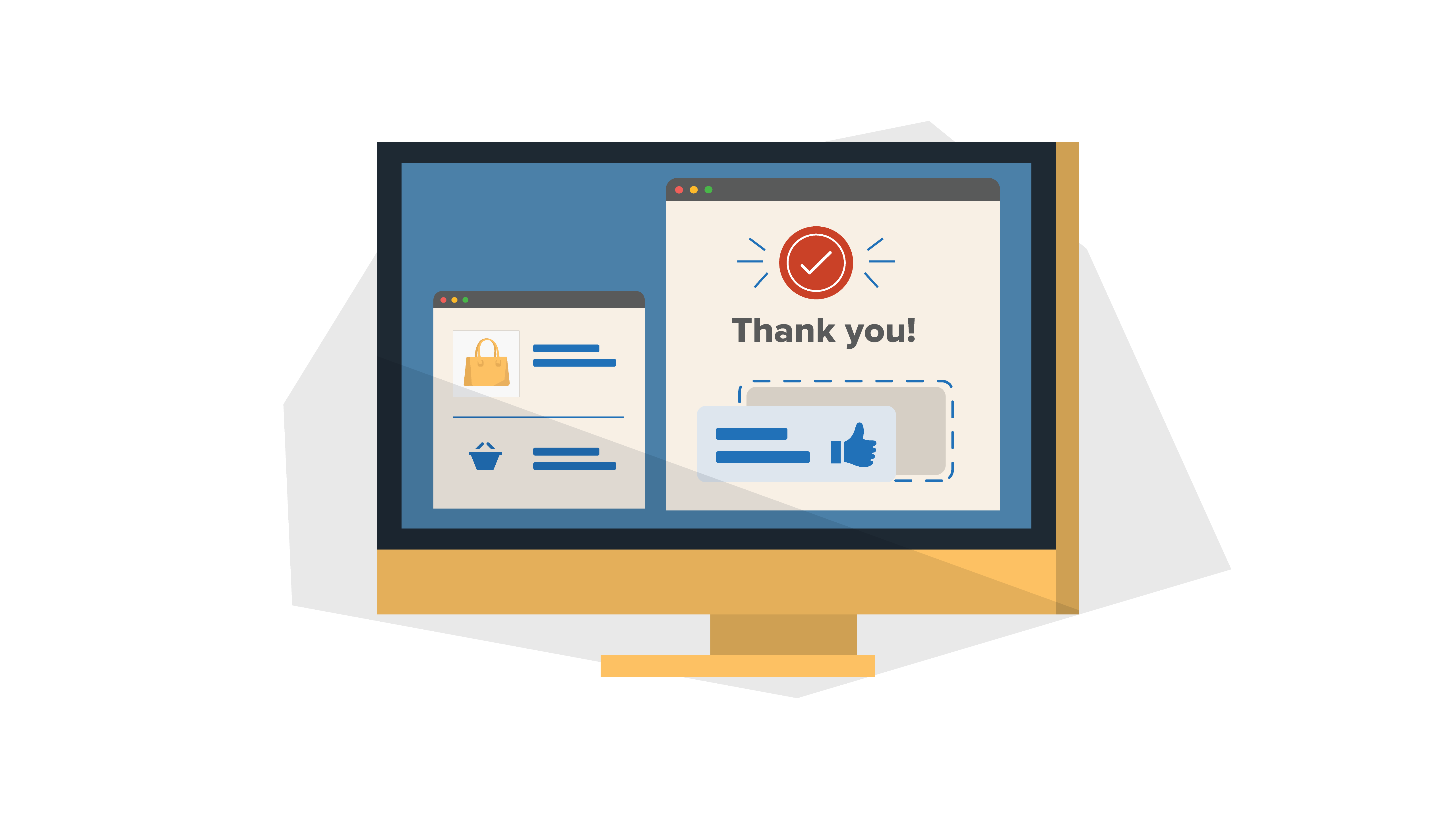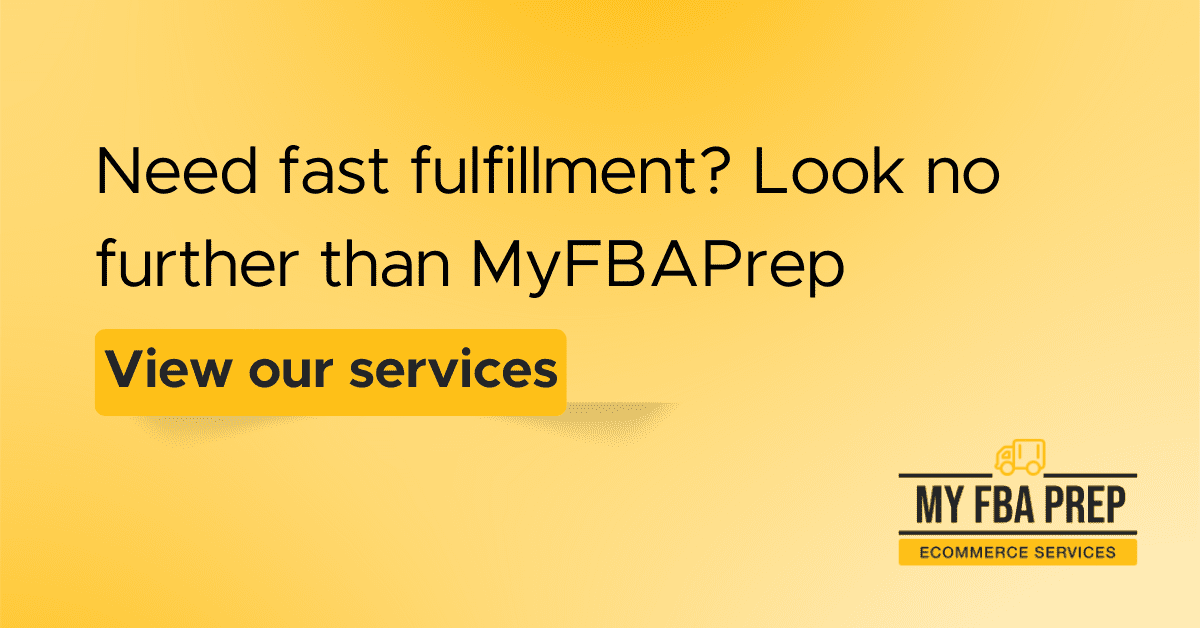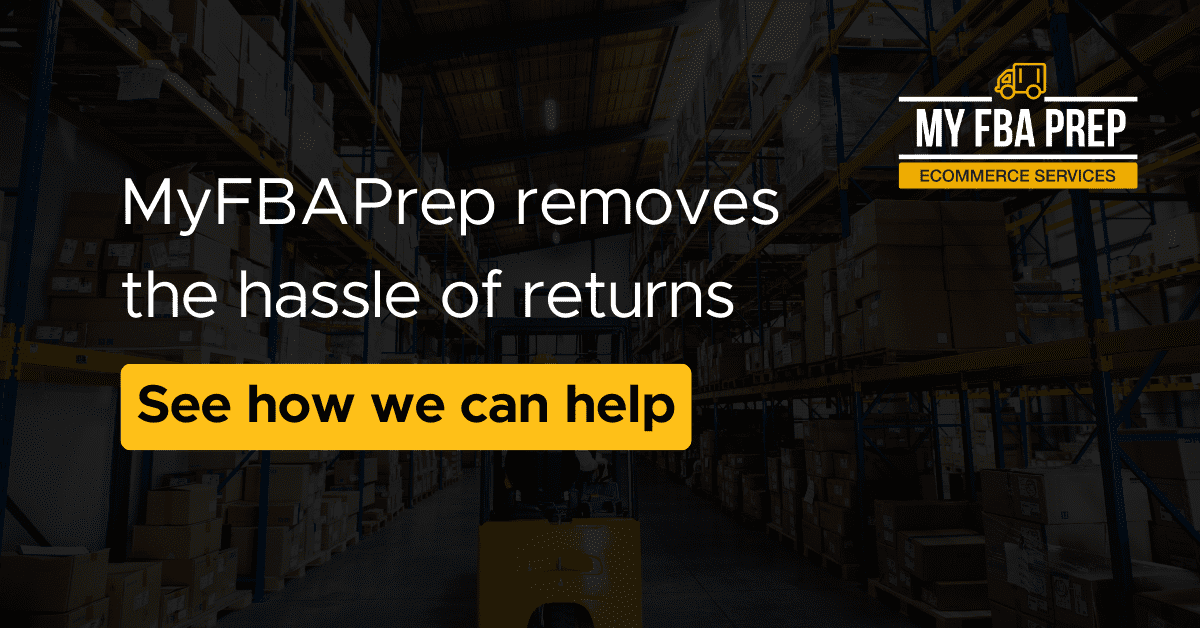
How to Optimize Your Post-purchase Experience to Delight Your Customers

Receiving a new order from a customer sparks your fulfillment process into action … but is that all? The customer journey doesn’t stop once someone places an order. If anything, the post-purchase experience is arguably its most valuable stage. Those moments after someone converts present an opportunity to turn one-time customers into loyal brand advocates.
To delight and secure your customers, you need to optimize your post-purchase experience.
The importance of the buyer experience
Obviously, building brand awareness and transforming new visitors into customers is important. But making sure those buyers stick around and come back repeatedly is the real secret to growing a successful eCommerce business.
When someone shops with a brand, they typically go through three stages:
- Awareness
- Consideration
- Conversion
The conversion stage is when they make a purchase. However, the full buyer experience extends far beyond that initial purchase. After buying, the customer journey continues with two retention stages: loyalty and advocacy.
From the first time someone visits your website to those all-important post-checkout communications, every brand interaction is an opportunity to shape their perception. Produce a positive buyer experience, and you’ll increase customer lifetime value (CLV), foster loyalty, and encourage repeat purchases.
So, how can you optimize your customer experience? The answer lies in the psychology of consumer behavior, particularly the “peak-end rule.”
The peak-end rule is a cognitive bias in which people recall an experience based on their emotions at their most intense and at the end of the event. In eCommerce, the peak-end rule uncovers the ways brands can create “peaks” of positivity during and at the end of the customer journey.
Peak moments could include the first experience someone has with a product, the post-sales care and support they receive, or other emotional interactions that spark intense consumer responses. The end goal is simple: to evoke genuine moments of delight for your customers and finish on a high point.
Another behavioral phenomenon that supports how critical the end of the customer journey is to the overall experience is the recency effect. This states the most recent information presented is remembered the best. In line with this effect, the last thought someone has of your brand can change their entire perception. So, make sure you leave a positive lasting impression in the post-purchase experience.
How to optimize your post-purchase experience
The post-purchase experience covers all interactions a customer has with your brand after they make a purchase. From the smallest details on a “thank you” page to providing outstanding after-sales support, crafting an excellent post-purchase experience involves multiple elements.
Let’s look at some ways you can create “peak moments” during the post-purchase journey to deliver a memorable experience for your customers.
Promptly provide tracking information
Post-purchase communications play a major role in influencing your customer experience after they’ve placed an order. You can use these communications to keep customers informed, pre-empty any questions, and avoid buyers feeling abandoned after they gave their credit card info.
One way to elevate customer opinion is to provide tracking information quickly. Online shoppers want to be kept in the loop. They like to know when their order will arrive — down to the minute. In fact, nearly one-quarter of online shoppers are extremely likely to return to a brand that offers real-time order tracking.
So, set up a real-time order tracking workflow that provides your customers with accurate and prompt order updates.
Deliver quickly, reliably, and on time
Telling your customers when their order is due to arrive isn’t enough. You need to stay true to your word and make sure that order arrives quickly and on time, every time.
63% of buyers consider delivery speed an important factor when shopping online. Slow delivery options are a sure-fire way to propel customers toward your competitors.
To optimize the post-purchase experience and keep customer emotions high, make sure you provide fast and reliable delivery.
Keep customers informed about any mishaps
Sometimes, things go wrong — orders get delayed, products go out of stock, or items are damaged during transit.
These errors can be costly to your online shop and not just from a commercial perspective; online order errors can drastically impact productivity, profitability, sales, and efficiency.
One way to reverse the potential negative impact of order errors is to keep customers informed with open honesty. Let them know as soon as something goes wrong and tell them exactly what you’re doing to rectify the problem. Be considerate in your approach and take ownership of the situation — it’s your duty to make amends after all. Be fast in your resolution as well.
Handle order errors effectively and you just may be able to transform a negative post-purchase experience into a positive one.
Help customers fully realize the product value
Offer product training or insights to show customers how to embrace the full value of your product.
You could include product inserts that educate customers on the best uses for their purchased product. Alternatively, you could direct customers to online product videos and demonstrations, send them emails with tips and tricks for getting the most out of their product, or refer them to an online manual.
You can get creative here to craft a unique customer experience that benefits both your buyers and your CLV.
Add branded touches
If you aren’t leveraging the unboxing experience for online orders, you’re missing out on an incredible opportunity to make a memorable impression.
Adding branded touches at the post-purchase stage allows you to tell your brand story. It influences customer perceptions and lets them know you’re a brand that truly cares about providing value to your customers, not just making sales.
Recent research shows the unboxing experience can sway customers’ expectations, emotions, and willingness to share their shopping venture both on and offline.
Elicit positive emotions and add value to the post-purchase experience by constructing an unforgettable unboxing experience. Consider adding a personal note, using a high-quality branded box, taking care with product presentation, and finding other unique ways to go the extra mile with branded touches.
Ensure customers have support even after purchase
Post-purchase customer support is key to making customers feel valued and helping them get the most out of their purchase.
Offer customers omnichannel support to ensure they have access to help whenever they need it. Have customer support representatives available across email, SMS, live chat, social media channels, and more. Cover all bases and prominently display these communication avenues so your customers know how to reach out if they need help with their order.
Further emphasize post-purchase customer support by providing product demos, maintaining an easy-to-access knowledge base, and proactively reaching out to customers via email to see if they need any help.
Have a clear returns and warranty policy
Customer returns are expected in online selling, but they don’t have to be a bad thing.
Done right, your returns process presents a great opportunity to delight customers and enrich the post-purchase experience.
Review your returns and warranty policy and make changes to build trust, minimize frustration, and prioritize customer satisfaction. By making returns convenient, you can win your customers’ loyalty.
Few things are as frustrating as wanting to return a product, but having to jump through multiple hoops to do so: searching the website for a returns policy, filling out a form, printing out a label, taking the parcel to a delivery office, paying for the return, etc.
With a clear returns and warranty policy, you can minimize these hassles and ensure customers have a positive experience, even if they’re returning a product.
In your policy, you could offer customers free shipping and an extended returns window. Consider providing paid-for returns labels in every order and a warranty period to give customers peace of mind. Above all, explain your returns and warranty policy clearly on your website so customers understand exactly what it entails before they place an order.
Send personalized recommendations and replenishment reminders
The post-purchase phase is also your chance to turn buyers into repeat customers.
Send customers personalized recommendations based on their previous order history, or send them timely replenishment reminders when they might be running low on a previous product.
These post-purchase emails keep you top-of-mind with your customers while continuing to deliver premium customer service.
Timing is critical for these emails. For replenishment reminders, contact customers when you expect they’re running low on products.
Base the timing of personalized recommendation emails on how frequently customers make repeat purchases. If your customers typically order once a month, then make sure this email goes out three to four weeks after they placed an order.
Reward loyalty
To build customer loyalty, you need to give buyers a reason to come back.
Rewards and loyalty programs are powerful ways to reengage customers and build advocacy.
Go beyond the standard loyalty program by creating one based on advocacy. In advocacy-based loyalty programs, customers are rewarded for completing various activities, not just repurchasing products.
You could offer a discount or prize for signing up to your email list, tagging your brand in product photos on social media, or writing a review. This will strengthen your brand community and build a loyal customer base.
Gather customer feedback
Take advantage of the post-purchase journey to improve future customer experiences.
When a customer places an order with your brand, use that opportunity to talk to them and gain feedback on their experience. Let customers know you value their opinion and invite them to be honest about the product and their overall shopping experience. You can then use this information to fix any issues in your customer experience.
Just like other post-purchase emails, consider when would be the perfect time to ask customers for feedback. Retail brands could send feedback surveys just days after an order is received. Meanwhile, tech brands may want to wait a few weeks before asking customers for their thoughts. You want to give your customers enough time to try the product before soliciting their opinion.
You could even tie your feedback survey into your customer rewards program to increase uptake.
Wrapping up — Delight customers with a polished post-purchase experience
Gone are the days of getting as many one-time customers through the door as possible. Customer retention is the new gold standard. If you want to increase customer retention and delight your customers, you need to optimize your post-purchase experience.
The options are nearly endless for providing customers with an unforgettable shopping experience, and the impact it can have on your business is undeniable. Nail the post-purchase experience, and you’ll earn loyal, life-long customers.



